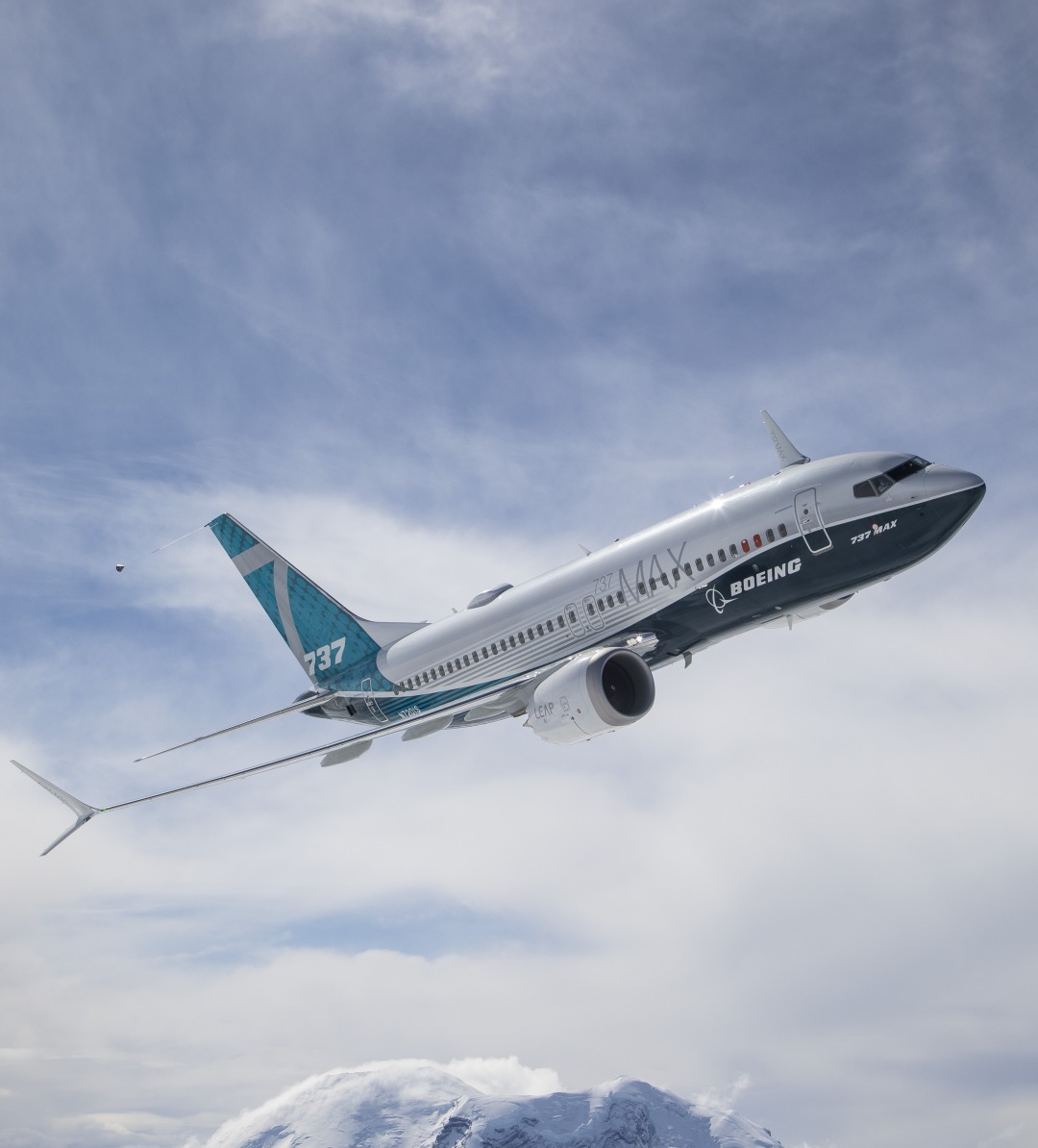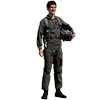FAA Airworthiness Directive: Boeing 737 MAX Engine Anti-Ice

FAA Airworthiness Directive: Boeing 737 MAX Engine Anti-Ice
Picture courtesy Boeing. Photo by John D. Parker
The Federal Aviation Administration (FAA) has issued an Airworthiness Directive (AD) covering the Boeing 737 MAX, advising airlines to limit the use of engine anti-ice in dry air conditions. The FAA said that using the system for more than five minutes, "can result in engine inlet cowl temperatures exceeding design limits when not in visible moisture."
If that occurred, according to the agency, "excessive heat buildup can cause overheat of the engine inlet inner barrel beyond the material design limit, resulting in failure of the engine inlet inner barrel and severe engine inlet cowl damage."
The warning affects all versions of the 737 MAX, which use LEAP-1B engines made by CFM International, a joint venture between General Electric and France's Safran. The engines have an anti-icing system that uses hot air from the engine to heat the housing and prevent ice formation. However, the FAA said that under certain combinations of altitude, air temperature, and engine settings, the system could heat the engine inlet inner barrel beyond its design limit and cause it to fail.
While the AD makes clear that there are no reports to date of in-service failures of the engine inlet inner barrel, it warns of the following possible failure scenarios if the problem is not addressed:
...departure of the inlet and potential fan cowl failure and departure from the airplane. The departure of the inlet may cause fuselage and/or window damage, potentially resulting in decompression and hazard to window-seated passengers aft of the wing and/or impact damage to the wing, flight control surfaces, and/or empennage, which could result in loss
of control of the airplane. Inlet loss also causes significantly increased aerodynamic drag and asymmetric lift due to wing blanking, which risks fuel exhaustion on certain flights, resulting in a forced off-airport landing and injury to passengers.
The FAA said the risk to the flying public was serious enough that it would put the order into effect in just 15 days, without allowing public comment first. The agency said it discovered the potential for damage during flight testing and analysis in June.
Boeing said it was aware of the issue and was working with its customers to deploy measures to mitigate it while a permanent fix was developed. The company said the overheating could only happen under "very specific" conditions and was not known until recently.
This is the latest setback for Boeing's 737 MAX, which was grounded worldwide for nearly two years after two fatal crashes in 2018 and 2019 that killed 346 people.

Craig has decades of experience contributing to Flight International, Aviation Week, KCRW, NPR, and appearances on the Discovery, Military and History Channels.

 Welcome to AeroSpaceNews.com, the world's first
Welcome to AeroSpaceNews.com, the world's first